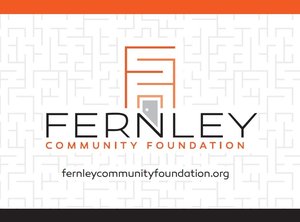No decision yet on water, sewer rates
Robert Perea, The Fernley Reporter
After four hours of deliberation Thursday night, the Fernley City Council still has no decision yet on raising water and sewer rates.
The council did, however, take a handful of actions to move forward on the issue, directing staff to draft a resolution to raise the water bond debt assessment fee by 34 percent, or about $10 per month, and to have the entire amount collected as part of an assessment on property taxes. The council also directed staff to work with its consultant to come back with another model on what water and sewer rates would be without the assessment included.
That action came after the council agreed that its debt management and operating expenses should be accounted for separately, and not collected as part of the water rates.
The council held a special meeting Thursday night to consider the water and sewer rate study conducted by Hansford Economic Consulting.
In her report, Catherine Hansford said the city’s water and sewer fund have operated at a loss in four of the past five years. The only year the water fund didn’t lose money, 2012, was the year in which the bond debt assessment was instituted to pay for the city’s water treatment plant.
When the plant was constructed in 2007, the city intended to make the loan payments with money collected from connection fees, but when construction stopped due to the crumbling economy, the city was forced to make the payments out of reserves. When that money dried up, the council imposed the assessment.
The council voted earlier this year to decrease the assessment by 10 percent, but Thursday night, councilman Cal Eilrich said that while his original hope had been to eliminate the assessment completely, he had changed his mind because is that by collecting the fee on property tax assessments, it would be tax deductible for property owners.
“I think it’s the cleanest and best way out of this thing,” Eilrich said.
The council agreed that raising the assessment also could reduce the amount the city would need to raise the rates. Hansford presented the city with two alternatives for both water and sewer rate increases that would have increased the city’s revenue from water rates by 38 percent over the next five years. However, that doesn’t mean individual rates would have increased by that amount.
The Lyon County School District and Northern Nevada Veterans Memorial Cemetery, for example, as the city’s two biggest water customers, would have seen their yearly rates more than double under Hansford’s proposal.
Other property owners, Hansford said, might have even seen a decrease in the first two years of her proposed rate structure. That’s in part because she based her recommended rates on meter sizes.
“The goal of the rate study is that everybody pays their fair share, or as close as we can get,” Hansford said.
Hansford said she calculated her proposed rates based on how much revenue the city requires for operating and maintenance costs and then subtracting the bond debt fee from that.
Hansford also said she calculated the rates based on state demographer’s projections of 0.5 percent growth per year.
Eilrich disputed that, saying he expects much more growth than that.
“I won’t accept this rate study, because I know better,” he said. “The revenue forecasts are completely off base and low.”
Other council members weren’t so optimistic about the rate of future growth, but expressed just as many reservations about imposing such large rate increases.
The council voted to direct staff to work with Hansford to run a water rate model and also to bring back a new model for sewer rates, after city manager Daphne Hooper said staff needs to have more discussion.




